Five years after the initial Kickstarter demo and three years in Early Access, Session: Skate Sim has officially released. With creā-ture Studios touting version 1.0, a new set of eyes are on the game. However, it doesn’t quite feel like it was ready for prime time, with a litany of bugs and the removal of long-standing features, but it is still the ultimate representation of skateboarding in video game form.
Starting with a compelling foundation
Before diving into whether Session: Skate Sim 1.0 delivers as a title update, its uncompromising vision cannot be understated. Billed as a skateboarding simulator, virtually every gameplay element influences the player’s connection with the board and environment. Everything from deck size and shape, to wheel size has an influence on the end-user experience.
Coupled with a fully featured stats menu on top of dozens of other tweakable gameplay options, Session: Skate Sim offers an unparalleled degree of customization. This makes it possible for just about any player to find settings that click with them, much like every real-life skater has their own preferences. This extensive customization is the perfect marriage for Session: Skate Sim’s commitment to realism.
Related: How to change your stats in Session: Skate Sim
As a simple example, grinds are entirely physics-based. While different grinds do require specific inputs, you aren’t guaranteed to land them unless you’re perfectly lined up. You might bail upon impact without the proper approach. Alternatively, it’s possible to land a grind and slip off because you didn’t get a tight enough pinch on the wheels or landed too close to the edge of the nose or tail.
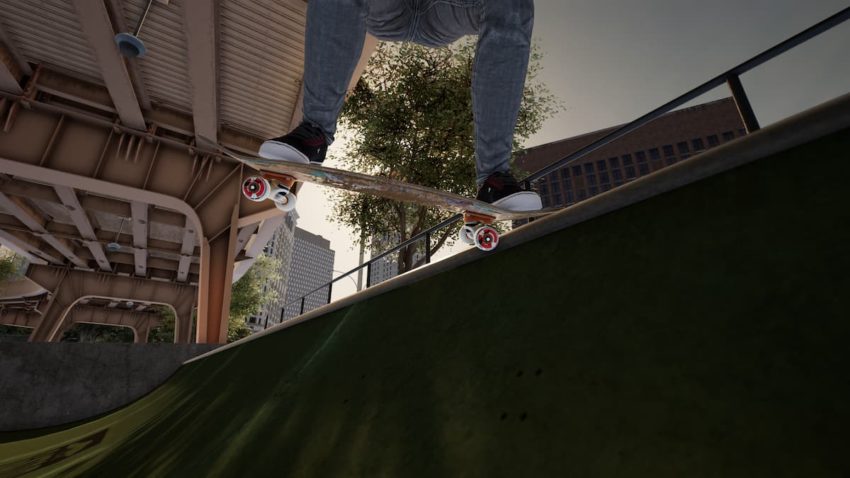
The true stance controls are its biggest innovation, introducing the dual stick control scheme to the genre before Skater XL came onto the scene. These true stance controls force you to think ahead at all times. Your mind is consistently being given a workout, which prevents you from ever going on autopilot mode. This constant level of engagement keeps you invested even when performing basic tricks and lines. More than any other game in any other genre, you can feel your growth as a player over time.
This only touches the surface of what makes Session: Skate Sim such a rewarding game. It’s been true through the majority of its Early Access period, it’s still true in 1.0, and it will continue to be true in future title updates. As long as the core gameplay remains intact, Session: Skate Sim will remain at the top of its class.
Where Session: Skate Sim 1.0 succeeds

The official launch has brought a host of drastic additions. The overhauled powerslides now allow you to transfer your body weight, opening up a range of possibilities. This includes new powerslide options and slicker transitions between stances when paired with body rotations.
Related: How powerslides work in Session: Skate Sim
More importantly, this body weight transfer mechanic is tied to the new lip tricks. While they are difficult to pull off at first, once you understand them, they’re among the most satisfying tricks in the entire game.
Even if Session: Skate Sim didn’t introduce new maps, the simple addition of lip tricks makes so many of the existing spots more skateable. Locations such as LES Coleman, creā-ture Park, FDR, and the mini ramp in the experimental Brooklyn Banks scenario suddenly feel like entirely new places.
Luckily, Session: Skate Sim 1.0 also adds San Francisco with 10 major areas. Much like the other cities, a large chunk of San Francisco is connected with some areas requiring a separate load. San Francisco itself is massive, with some of the most exciting potential, especially with the updated mechanics. In fact, the amount of interesting spots and obstacles make San Francisco borderline overwhelming, which bodes well for the game’s longevity.
Board clipping is also mostly eliminated thanks to a new auto detection system, whereby the skater’s feet move out of the way if they’re positioned in such a way that would cause clipping with the current trick. It’s still not perfect, but it’s a major step forward that makes filming clips much more manageable.
Speaking of filming, the replay editor has been slightly touched up. It’s not something the casual Early Access player will have noticed, but creā-ture’s commitment to skate culture remains admirable. The replay editor now features time of day keyframes, letting you adjust the time within a replay without impacting the time of day during gameplay. These keyframes even make time lapse footage possible. Coupled with the 80+ camera filters, filming is the best it’s ever been in Session: Skate Sim.
The extensive slam and bail system, along with the retooled audio design, also add an extra layer of immersion to Session: Skate Sim. While some of the bails are a bit exaggerated, they largely activate under believable circumstances, such as skidding off a board when both feet fail to plant properly.
Where Session: Skate Sim 1.0 fails
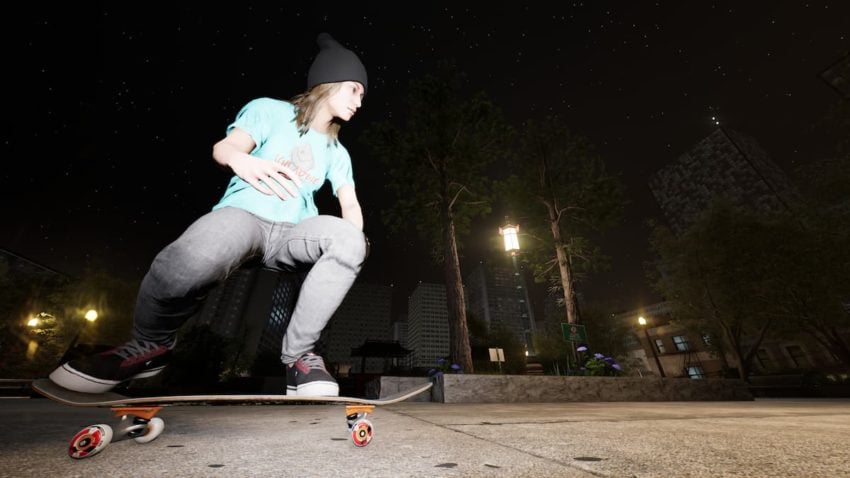
For all of the improvements, there’s still plenty of steps back with this new version of the game. For starters, the experimental skater physical animation setting — which was introduced in the last Early Access build — is borderline broken now.
This feature layers physics based motion over the canned skater animations, exhibiting behaviors not present in the last Early Access build. When pushing, arms clip through the body and contort in ways that they never used to. Additionally, enabling the setting periodically results in an unnaturally exaggerated butt jiggle at the most random times — sometimes even while idle.
Lip tricks are another point of contention. While they are incredibly satisfying to pull off, and open so many doors, they’re also prone to inconsistent behavior. This is because lip tricks are buried within the experimental menu. This doesn’t sit right due to the marketing cycle. Lip tricks were one of the major advertised features coming to Session’s 1.0 release.
As a game that will continue to be updated over time, there’s nothing wrong with having, and continuing to have, experimental settings. It simply feels disingenuous for one of the official launch’s major features to be a highly experimental setting.
Progression is another major issue. Being built with freedom of expression in mind, this aspect of Session feels slightly out of touch, locking most clothes and board options behind career mode progress. Do you love doing 180s? Do you prefer single tricks or uninterrupted lines? Nothing is stopping you from playing the way you want to…except for the story mode. If you want to make use of the game’s shop, you’ll waste hours being told what to do before you can access most of the stuff within it. The entire progression system feels antithetical to Session: Skate Sim’s vision.
Several other issues are worth raising. The official launch version removed the two most interesting radio stations, leaving existing users with a more constrained selection of music genres. It’s also unfortunate to see the removal of grabs, even if they rarely looked presentable. The developers were transparent about its removal pre-launch, but the reasoning doesn’t add up. Primos are an experimental setting that look broken half the time and yet they’re still in, so the removal of grabs feels like an unnecessary step back.
Final thoughts
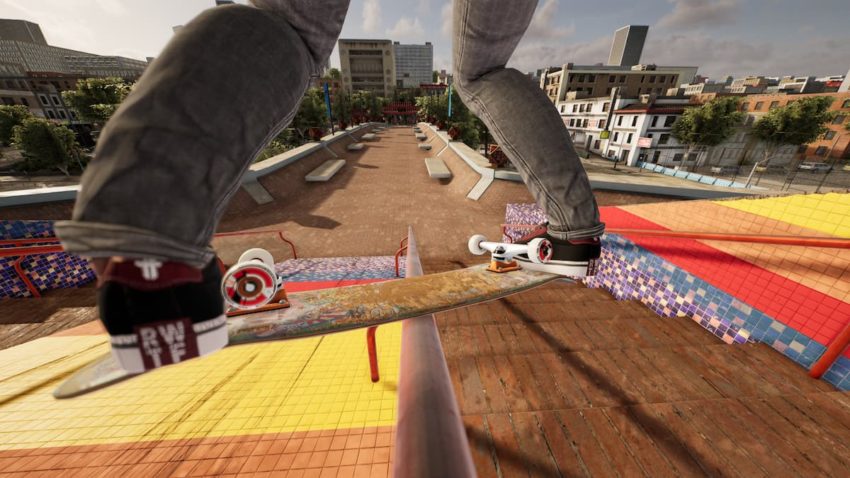
The official 1.0 release makes many noteworthy additions that radically transform the game. At the same time, it wasn’t ready for launch. Certain features and tricks like the skater physical animation and impossibles broke in the transition from Early Access to 1.0. It also stings that lip tricks aren’t a fully polished feature in this build of the game. Furthermore, the removal of radio stations, brands, grabs, and even the dread hairstyle don’t sit right with me as a long-time Early Access player.
Even with those caveats, Session: Skate Sim is an undeniably infectious game. It will go down in history as one of the genre’s landmark achievements along with the conception of the Tony Hawk and Skate franchises. Does it feel like a finished 1.0 product? No. Is it still the ultimate expression of skateboarding in digital form? Absolutely.

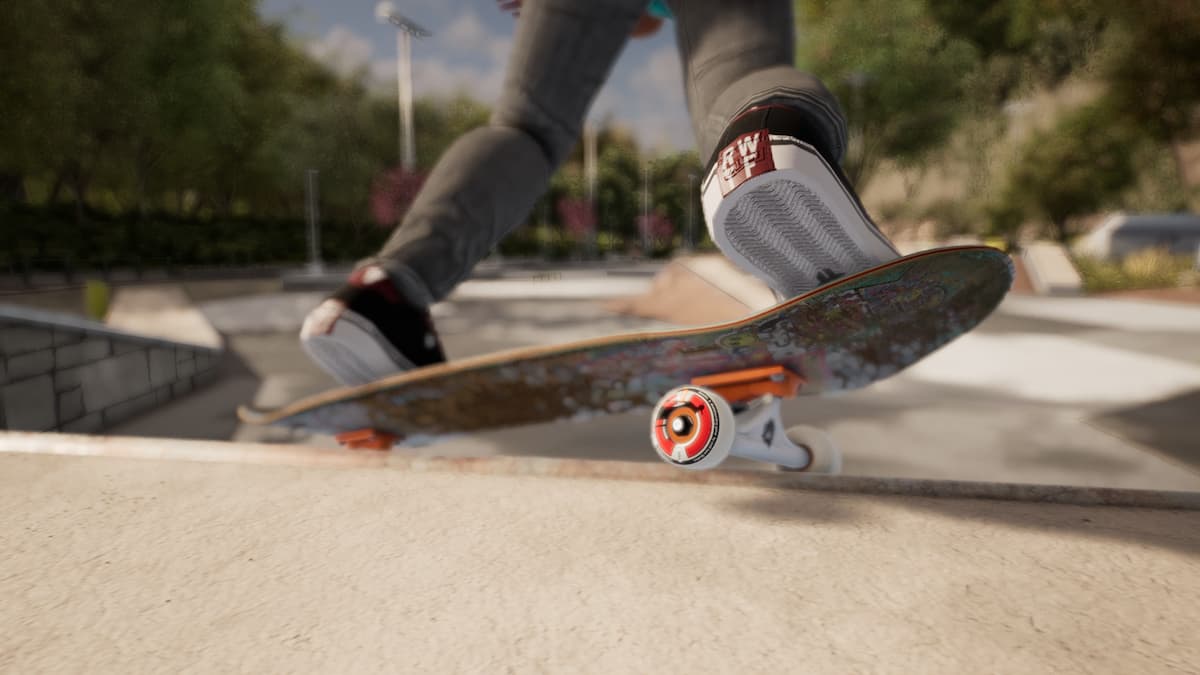
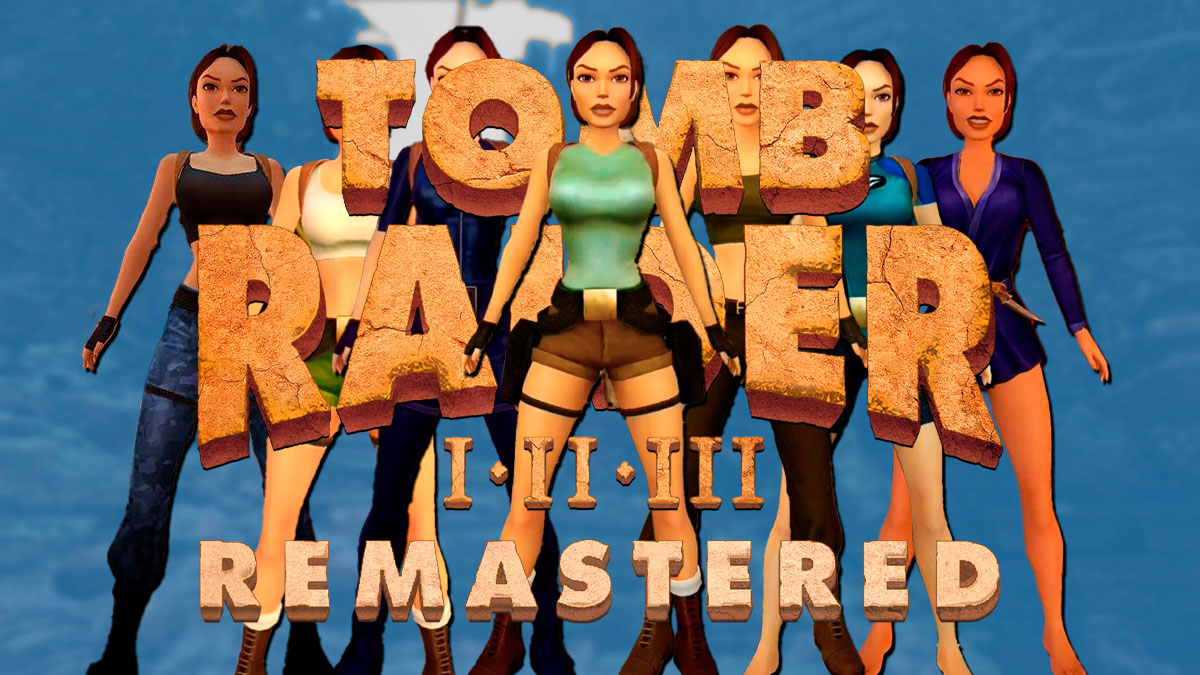
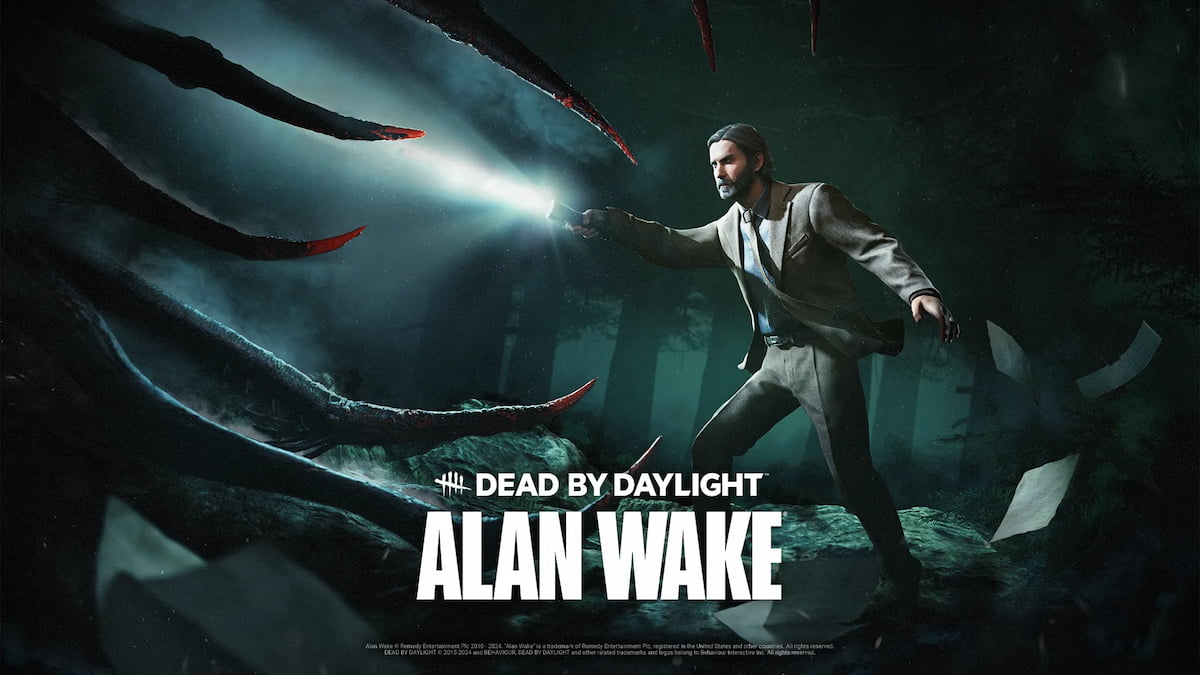
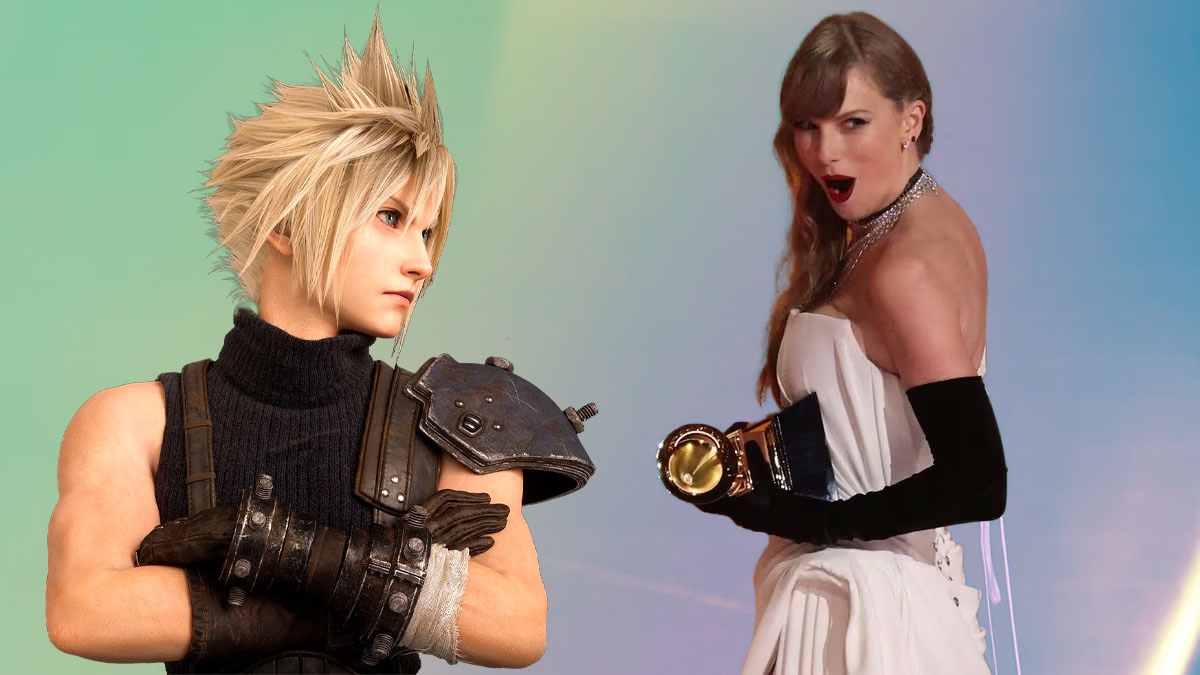



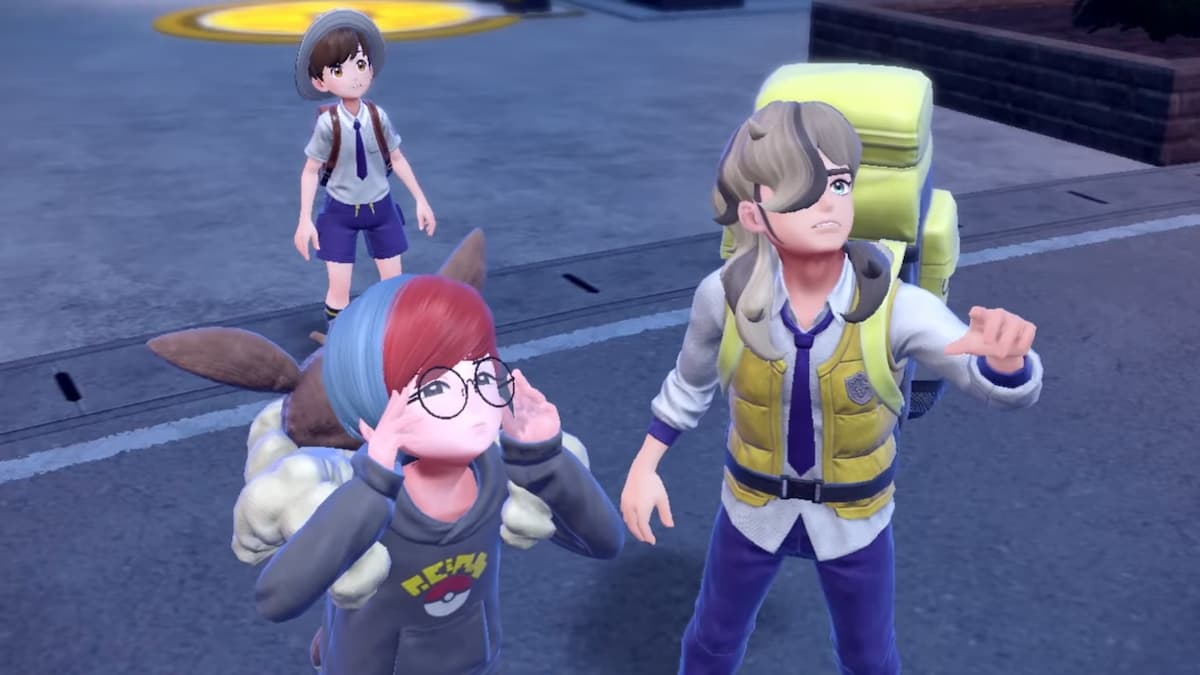
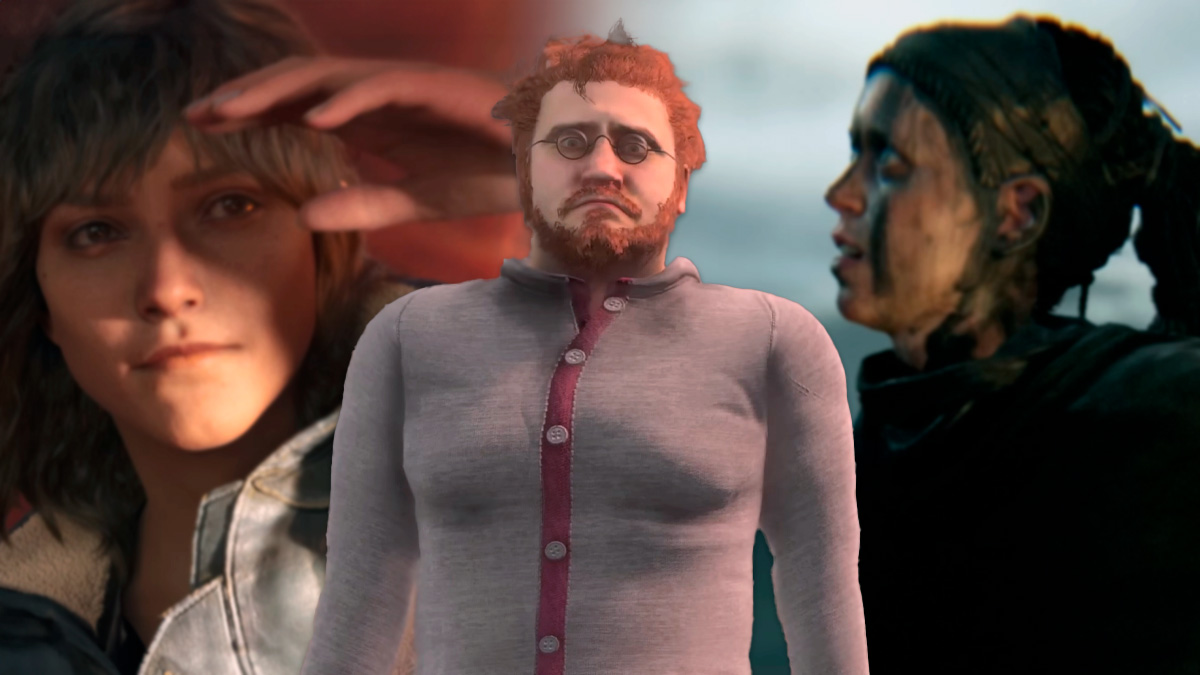
Published: Sep 25, 2022 03:57 pm